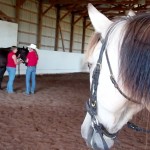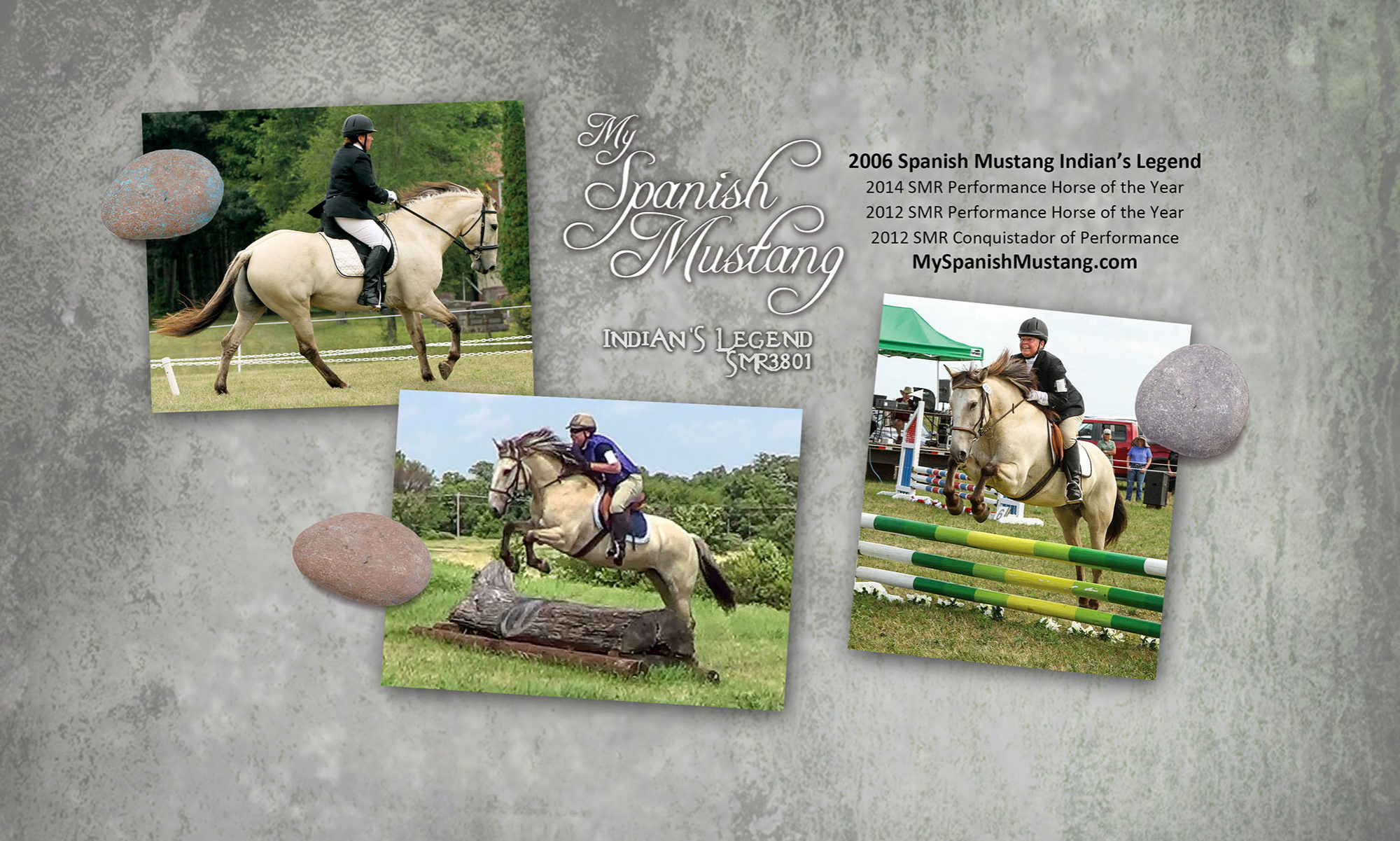By Jennifer Klitzke
“Let the horse know you’re the boss.” Did you grow up with this phrase?
This crude understanding accompanied cues like “kick to go” and “pull to stop.”
Just after purchasing my first horse 27 years ago, a fellow boarder gently asked me, “Who are you going to take lessons from?”
In ignorance I replied, “Why would I need to take lessons when I own a horse!?”
Back then I thought lessons were for horseless people looking for an opportunity to ride—not for horse owners learning how to interact well with their horses.
Then my kindhearted boarder friend invited me to watch a nearby dressage show. We got there just in time to see Kathy Theisen riding a horse named Bullwinkle in an upper level dressage musical freestyle. I get goose bumps just thinking about Kathy and her horse dancing as one to the rhythm of a waltz, skipping along the diagonal in tempe changes and soaring across the arena at an extended trot. She rode with an effortless finesse I had never seen before. This was my introduction to dressage.
That was the moment I realize there was a better way to interact with my horse than “kick to go” and “pull to stop.” No wonder my boarder friend asked me about lessons—no joke, I needed them!
Back then the German method of dressage riding was predominant in my area, so I learned how to drive my horse forward with my seat and legs in a mechanical way of going. While I learned how to become a technically correct dressage rider for the show ring, I didn’t learn much about leadership or why it is important to the horse.
Then after being dumped a few times, I became a very reactive rider. In terms of leadership, I was always on guard for the “what if’s.” Unknowingly, this transmitted insecurity to my horse and a lack of trusted leadership. So I rode in a very controlled environment—mainly in an indoor arena with few distractions.
Then a few years later Dominique Barbier, a French classical dressage trainer, rider and author of Dressage of the New Age began traveling to my region for clinics. It was the first time I had seen a harmonious human-horse partnership demonstrated with lightness, balance, relaxation, joy, connection, rhythm, impulsion, and engagement. I took my Trakehner/Thoroughbred gelding to a few of his clinics. Dominique confronted my reactive riding head on and taught me the importance of riding with a plan and to visualize it for the horse’s sake.
Also during this time, I believed that only dressage riders practiced the art of riding. My arrogance was met head on when I was invited to a Pat Parelli event and introduced to the philosophy of natural horsemanship. I was blown away watching Pat ride his horse alongside a black stallion dancing at liberty alongside him mimicking the movement his mount performed as he rode. I left the event deeply inspired and awestruck with what is possible in a relationship with a horse!
I am humbled to say that if it weren’t for the cowboys I would never have learned how to become a trusted leader with my horse. The cowboys have taught me how a horse thinks and relates with a rider. No matter how many 20 meter circles I do or how technically correct my riding may become, it will not develop a trusted leadership with my horse until I begin to understand how my horse thinks and relates with me as a leader.
In the last five years I became acquainted with the work of Larry Whitesell who combines French classical dressage with natural horsemanship. In fact, I was interested to learn that Dominique Barbier is one of Larry’s dressage mentors.

I’ve learned the most about trusted leadership from Larry Whitesell as a student at his 3-day and 5-day clinics. His unique riding philosophy is based upon French dressage, years of showing and training gaited horses, and understanding how the horse thinks and relates with its rider. He helps teach riders to understand what the horse’s needs are and meet these needs.
Larry says, “Don’t teach the horse what NOT to do. Teach the horse what TO do.” Instead of punishing the horse for making a mistake, redirect the horse to find balance and relaxation and at the same time the horse’s need for security will be satisfied, and the horse will better trust the rider as a reliable leader. This translates into less spooks, bolts, bucks, buddy sourness, and rears. The more a horse trusts the rider to keep it secure, the more the rider can trust the horse on the trail. It’s a win-win training method.
Learning how to become a technically correct rider is an excellent idea. I’m so glad that I didn’t stop to think that’s all there was to riding a horse. I yearned for more: I wanted the relationship Kathy had with Bullwinkle waltzing along the diagonal; the harmonious human-horse partnership Dominique has with horses; and the inspiring connection Pat Parelli has with horses at liberty and while he is riding.
It empowers me to know that my horse counts on me to lead him to balance and relaxation. Thanks to Dominique, I am reminded to visualize a plan for my horse’s sake. Thanks to Larry who taught me how to become a trusted leader for my Spanish Mustang that will help him find balance and relaxation which in turn will help him become a safer and happier mount on and off the trail. Thanks to great teachers such as riding bio-mechanics coach Mary Wanless who have helped me develop a more secure riding position which gives me confidence when my horse gets nervous. And thanks to God for the courage to perseverance and press on to meet whatever lies ahead.

